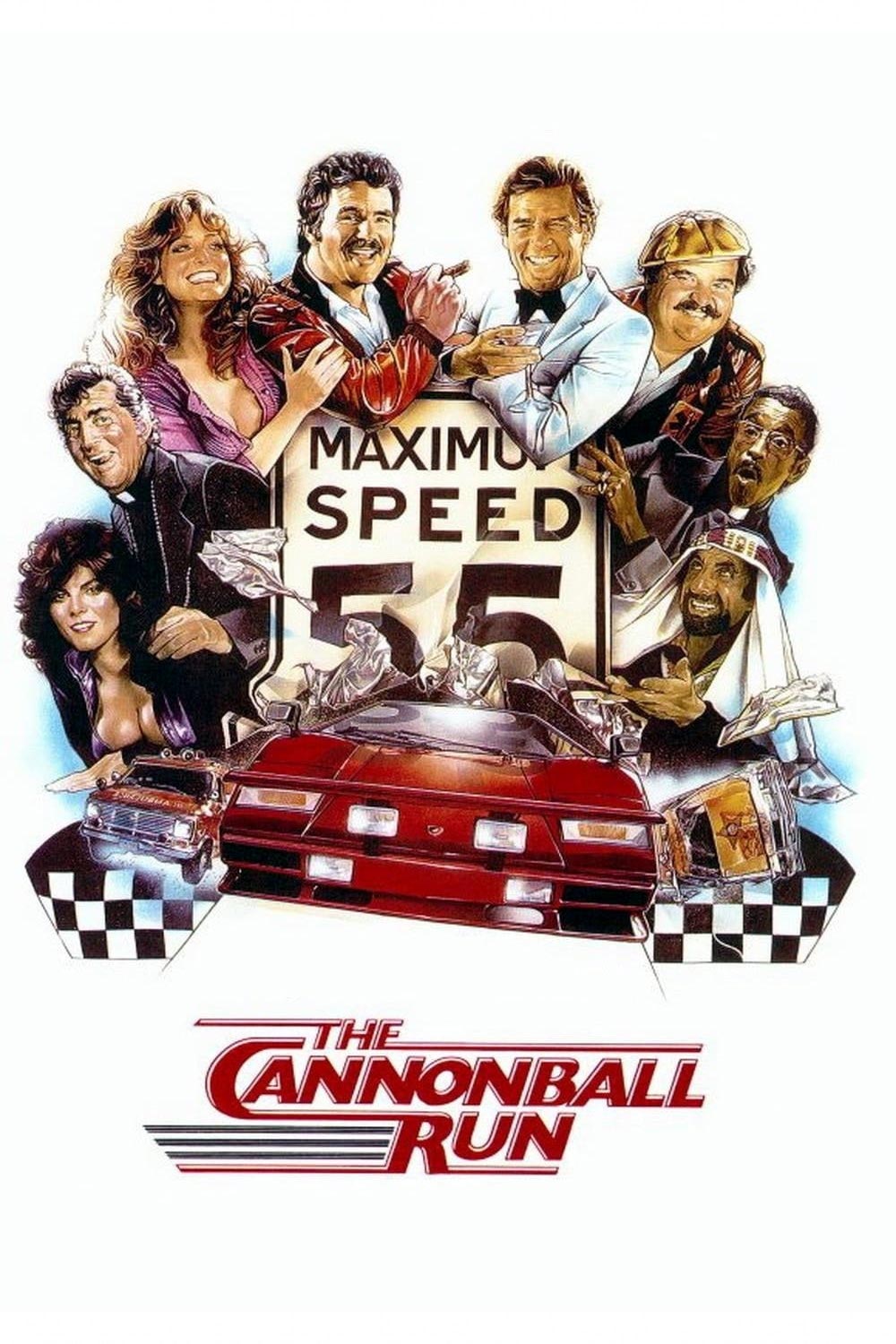Published on
Until “Live and Let Die”, the James Bond films stayed largely separate from pop culture trends. They were straightforward spy thrillers, shaped by the Cold War. Even “You Only Live Twice“, with its Eastern influences and ninja action, didn’t follow a trend—it came before the martial arts boom of the ’70s and ’80s. But “Live and Let Die” broke that pattern. Released in 1973, it fully embraced the blaxploitation movement, from its Harlem setting to its larger-than-life villains, making it the first Bond film to truly reflect the pop culture of its time.
In “Live and Let Die”, British secret agent James Bond investigates the mysterious deaths of three MI6 operatives, leading him to Dr. Kananga, the dictator of the Caribbean island San Monique. Bond uncovers that Kananga has adopted the alias “Mr. Big”, a Harlem-based drug lord, and is orchestrating a scheme to distribute vast quantities of heroin for free, intending to eliminate rival drug cartels and monopolize the market. To protect his poppy fields, Kananga exploits local superstitions by employing voodoo rituals and the enigmatic figure Baron Samedi. Throughout his mission, Bond allies with Solitaire, a psychic held captive by Kananga, and together they navigate a perilous world of gangsters and voodoo to dismantle the drug operation.
The movie’s most notable aspect is Roger Moore’s debut as James Bond. Stepping into Sean Connery’s shoes, he takes a wildly different approach, portraying Bond as a refined British gentleman with a quip for every occasion. “Live and Let Die” also adopts a lighter tone than its predecessors, leaning into humor whenever possible. This paves the way for the almost cartoonish character of Sheriff J.W. Pepper, who would have felt out of place in a Sean Connery Bond film but fits right in here.
While incorporating themes from the popular blaxploitation films of the time, “Live and Let Die” remains, first and foremost, a James Bond movie. However, these elements give it a distinctly contemporary feel, making it very much a product of its era. The Harlem setting and the presence of several blaxploitation actors in supporting roles reinforce this. Yaphet Kotto, Julius Harris, Tommy Lane, and Scatman Crothers were all familiar faces in the genre, adding to the film’s authentic connection to the trend.
The James Bond films have always been known for their spectacular action scenes and stunts, and “Live and Let Die” is no exception. The film features plenty of thrilling moments, including an exciting boat chase that even takes a detour over land. One of its most memorable stunts sees Bond running across the backs of several alligators—a feat that, while undeniably impressive, raises concerns due to the use of live animals. While I disapprove of that aspect, I have to respect the sheer bravery of the stuntman who pulled it off.
Unlike most James Bond films, the plot of “Live and Let Die” is surprisingly coherent and relatively small in scale. Kananga’s goal is simply to control the heroin trade—a far cry from the grand, over-the-top schemes typically devised by SPECTRE. Despite its grounded story, the film still embraces some of the franchise’s signature eccentricities, such as Yaphet Kotto wearing obvious facial prosthetics to pose as Mr. Big, a henchman with a metal claw for a hand, and, of course, an underground lair complete with a train and a basin full of man-eating sharks—because no Bond villain is complete without one.
As a first outing, “Live and Let Die” is a triumph for Roger Moore, who effortlessly slides into the role of James Bond. His performance not only reinvents the character but also sparks the now age-old debate over who truly is the best Bond.







